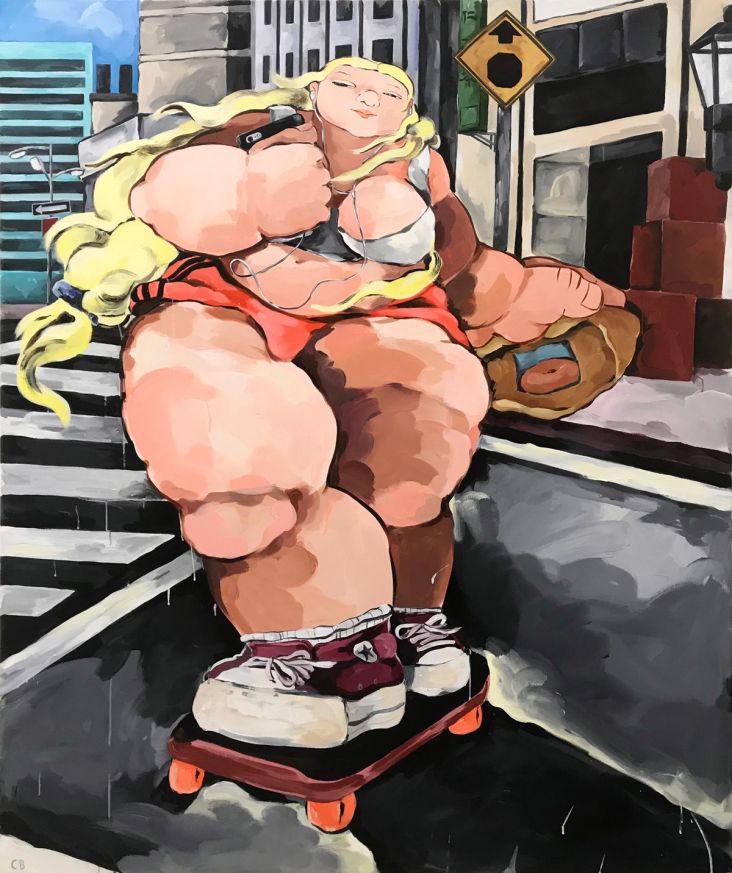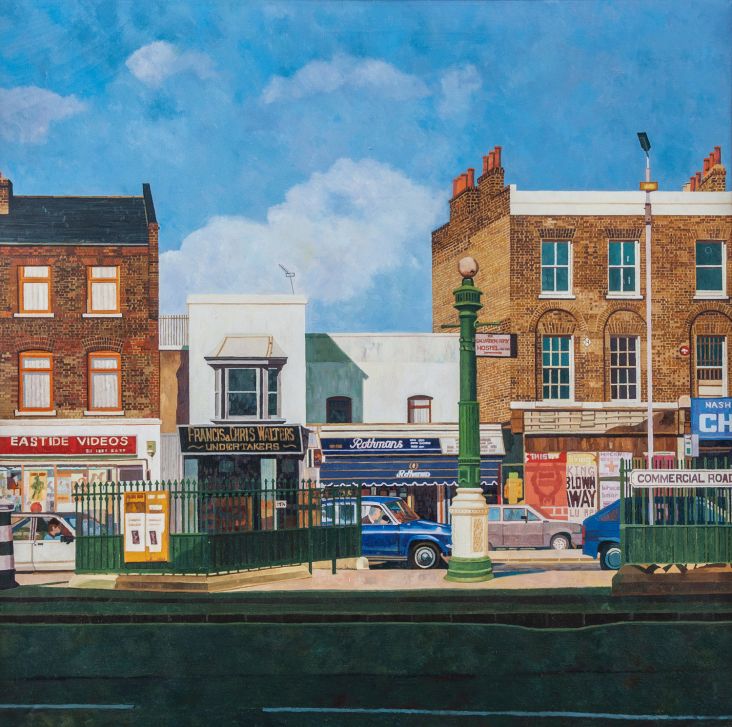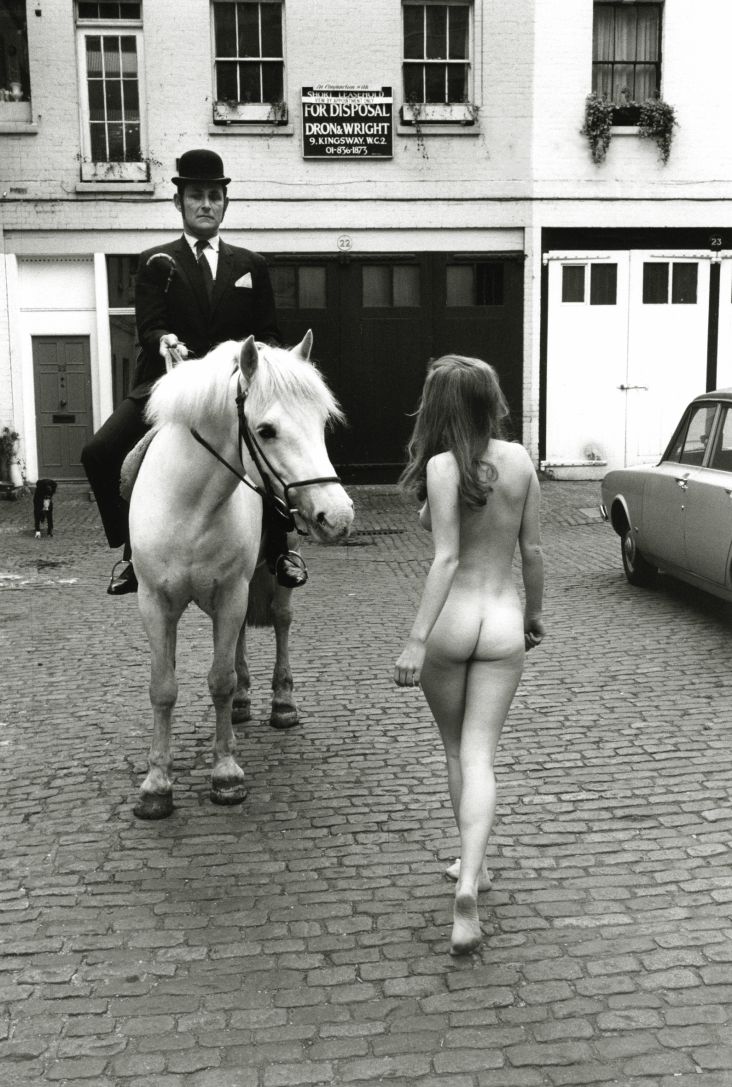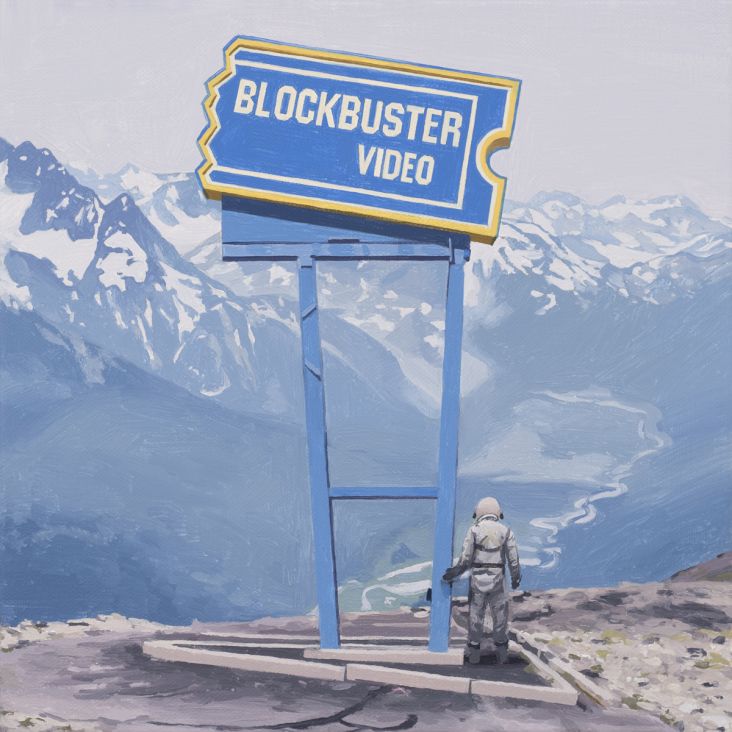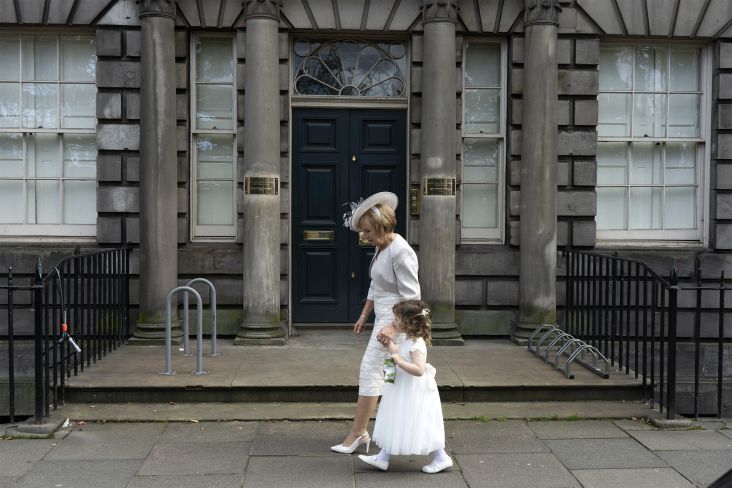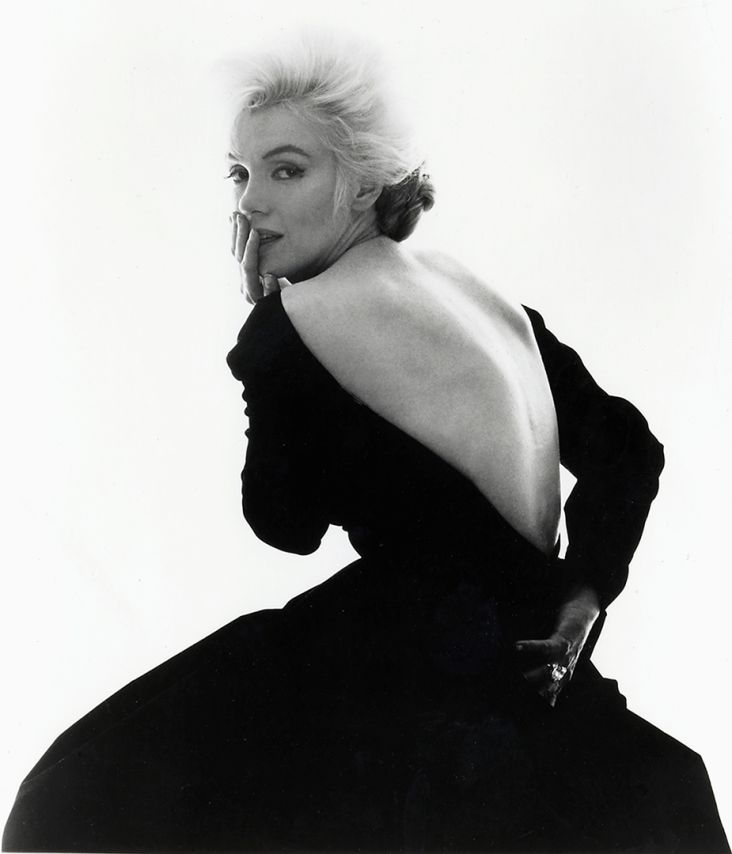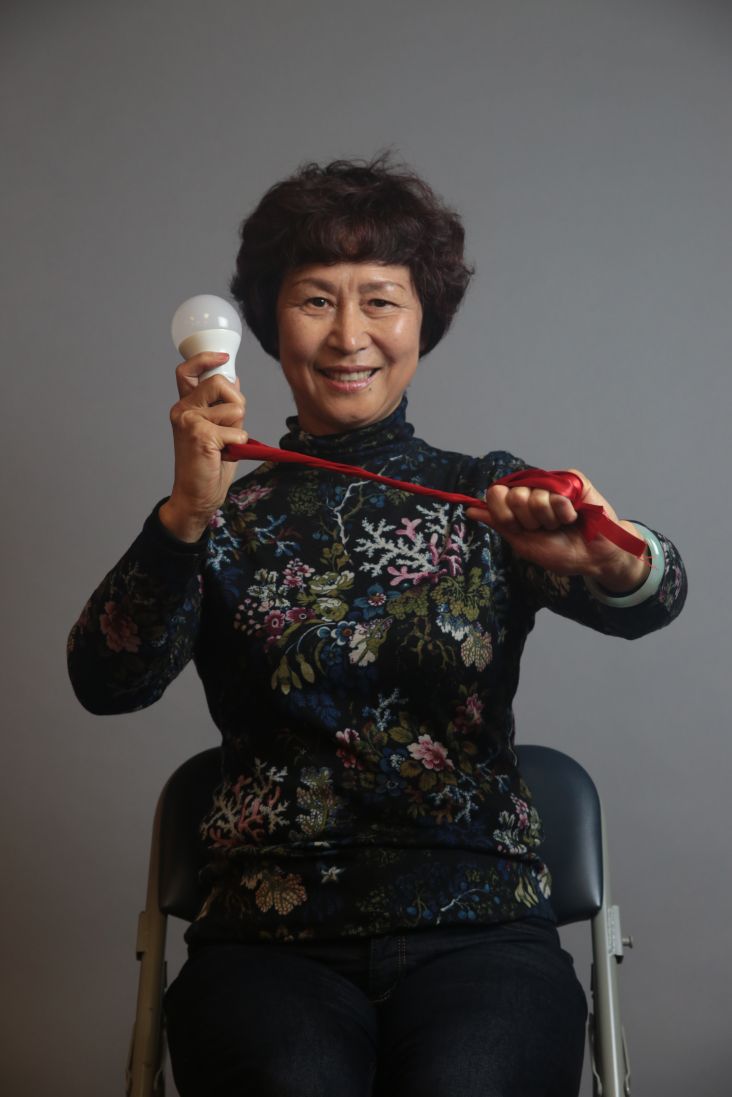Paul Stafford & Ben Wright on 10 years of DesignStudio and the success of making your own rules
In 2009 Ben Wright and Paul Stafford founded DesignStudio. Their vision was to "bring design back to the heart of the business" and work closely with ambitious leaders and teams to make a meaningful difference to the world’s most exciting brands.
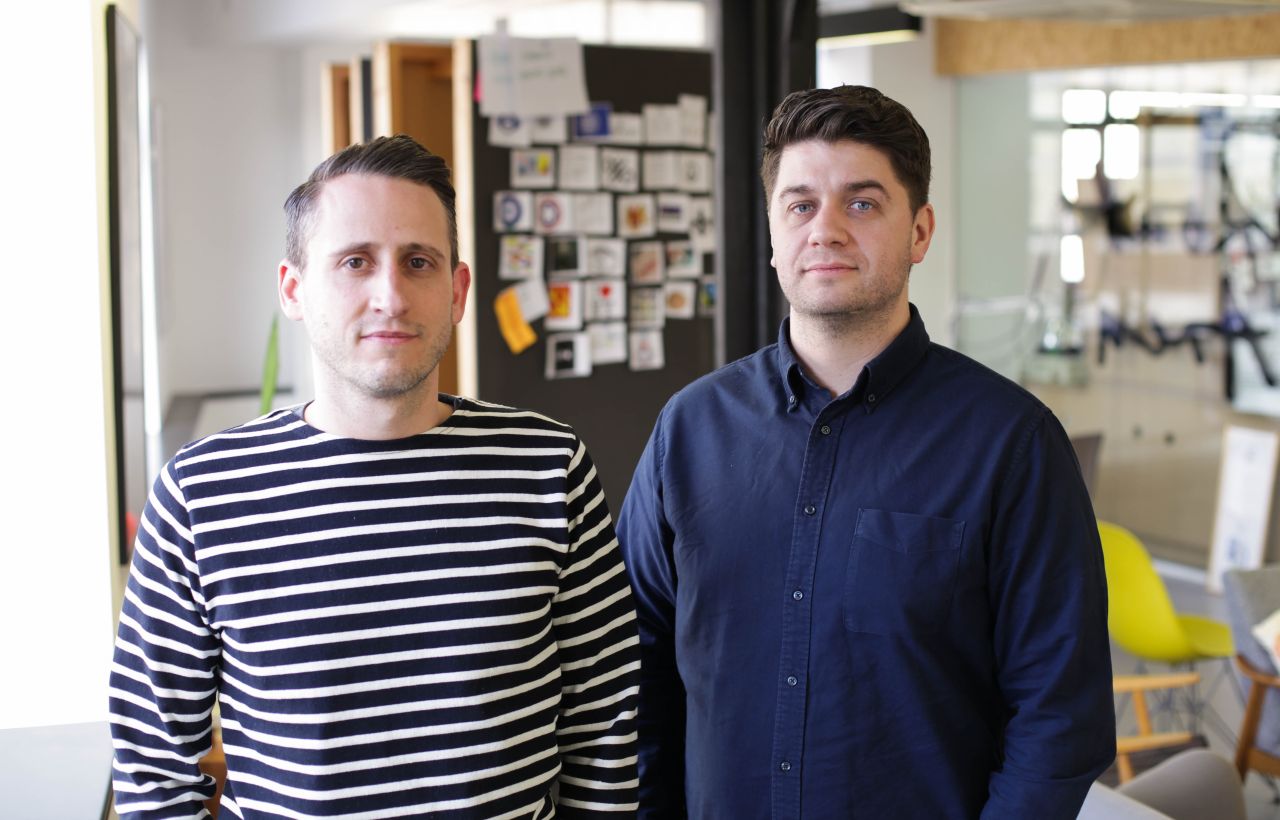
Together, they have helped transform and implement brands at c-suite level, working with clients such as Airbnb, UEFA Champions League, Deliveroo, Premier League, Twitter, and Logitech.
With studios in London, San Francisco and Sydney, the agency creates work that aims to make a meaningful difference, build loyalty, drive growth and connect communities across every aspect of the brand experience.
On its much-celebrated 10th-anniversary, we spoke to Ben and Paul about how they've built such a successful business, the highs and lows and what they'd love to see change in the creative industry.
It's your 10th birthday. What have you learnt the most over the last decade?
Paul: It’s great to listen to people to learn from them, but there is such a thing as listening too much. What I’ve learnt over the years, is that to create something that’s different and unique, at some point you have to stop listening to what people are saying you need and do what you feel is right. We learnt quite early on with our business – and sometimes the hard way – that what works for others may not work for you, and you have to listen to what feels right for you.
Ben: We’ve learnt that you can always do more. The business can always do more. Year on year, DesignStudio has changed and there’s no silver bullet that creates the answers. You can constantly make the company, the experience, and the work better and better. In your mind you feel like you want to achieve something, then you achieve it and there’s always something else behind that. You can always keep iterating.
Paul: Also, I think we’ve probably learnt that when setting up and running a business, you worry. You’re always trying to solve those worries. And then you get a few years in and you realise there’s always a worry – and even when you cure or fix one issue, there’s always another one. A big learning curve has been to understand that it’s normal – there’s never a point where everything’s perfect. But even though some problems really concern you, the scariest thing is not having those worries – because it probably means that you are stood still. I think businesses that get too comfortable are the ones that start to die, so it’s good to accept that worries are part of it.
And – what's been the biggest challenge?
Ben: The biggest challenge is 10 years, the fact that we are here. It’s not that I’m surprised that we’re here, it’s just that there’s a lot of hard work that goes into it – not just from Paul and me – but a collective of over 60 people. To be sat here after 10 years and talking about it, to navigate a company through the good and bad times; that’s the challenge. The whole thing is a daily but very rewarding challenge.
Paul: Another consistent challenge is people. You can open an office somewhere or win a big client if you have the right people and the best people. Most of the challenges over the years have been making tough decisions about people who are not right for the business, and that’s really hard to do – but having that difficult conversation with one person is looking out for everyone else.
When growing the studios, having people who get what you are, and who you are, is vital. Building a culture that makes sure that people want to stay with you, and that others want to join. Every management meeting we’ve had from the beginning up until now is always been about have we got the right people to make this happen – it’s the challenge that’s stuck around the past 10 years and it’s the one that’ll be here every day until we stop!
Did you always know that you wanted to be a designer?
Ben: Not always, but when I was about 14 I saw someone doing a graphical drawing of a Porsche on TV, and I remember thinking I was quite interested in design. Although my idea of what design was then is very different to what it is now.
Paul: I’d always loved arts and drawing as a kid. As a six or seven-year-old, my world was Disney and drawing characters. I don’t think if you told me about design back then, I would have been as excited. Now, if you told me we’d be helping brands change behaviours and the way people do things through creativity – when you wrap that up as a job – that sounds super exciting! I wouldn’t have been able to say what it was back then though.
You're not known for having a process at DesignStudio. Why is that?
Paul: We do have a process, it’s just not a process that is so set in stone or fits every single client. There are people who build overly complex trademarked processes which are so rigid that they just don’t suit modern businesses. We have ways of doing things but it’s more of a framework rather than a process. It allows us to manoeuvre around and do what’s right for each client. And that’s why it works for them – because not any of our clients are the same so we’d never treat them the same.
Do you believe in business plans then? Did you specifically set out to be the agency you are today?
Ben: We certainly didn’t have a business plan. People told us we needed to, but we never had a piece of paper that said what we’d be doing in 10 years because it’s too restrictive. I like to think we know the direction that we are going, but we can flex our business for the next 12 months, 24 months and so on to be who we want to be.
Paul: You could say we did have one – just not in the traditional sense. We had a belief, and we knew what we wanted to do and the space we wanted to carve out for ourselves, which in a way is a business plan – just not in document form. If we’d have focused on a business plan, I don’t think we would have been able to capitalise on the early opportunities that have contributed to where we are now. Instead, we focused on growing our business – everything else came later as we grew.
Ben: It can be dangerous to have a prescribed direction. We were just open to developing something creative – to put that on paper wouldn’t have served a great purpose.
Paul: If we’d have made a strict business plan and set in stone what we wanted to achieve, we’d have grown out of it in about three weeks.
Ben Business plans are also about getting investors to buy in, and we’ve always been independent and self-funded – so we could make our own rules.
What spurred you on to set up DesignStudio in the first place?
Paul: Lots of frustrations. There seemed to be two types of agency: big corporates rolling out all the biggest brands, and then small boutique agencies focusing on craft. We didn’t understand why it had to be one or the other.
We were also frustrated by process which seemed to be very rigid – as designers, it wasn’t satisfying having to work through that when you felt you could be contributing something more meaningful. Also, we felt the role of the designer was bigger; we didn’t think it was right to be involved in one part of the process and isolated from the other, which is why at DesignStudio we ensure that all creatives are part of the entire process, no matter what level they are, juniors and interns must be invited to client meetings.
Ben: It was also a little bit of our spirit of wanting to challenge ourselves. I remember the conversations we used to have in the pub about it. As a designer you want to create something – so can you ultimately create the agency and define the rules? We wanted to right the wrongs we’d seen in other places, and design something in our own vision.
Paul: Also the bullshit – this industry is plagued by it. There’s a lot of who you know and not what you know. The relationships we’ve tried to build are based on honesty. We want to dispel the myth that you can’t be a nice guy and do good business. I never felt like that at the bigger agencies and we wanted to create that. Being honest, clear, and transparent (building good relationships) is all you need to do.
Ben: Rebrands used to go to agencies because of connections, people being wined and dined in Cannes or someone who knew someone from way back. We wanted to create something different to that whole disingenuous world. We always believed that if you create great work and put it out there, people will want to come and speak to you about it. You don’t have to do the yacht in Cannes to win business – it’s built on something much more genuine.
Ben — In your talk at Design Manchester, we loved how you said there was "no space for ego" at your company. Is ego something that conflicts the industry?
Ben: It’s not that ego conflicts with the industry, because there are plenty of egos in the industry! It’s just that in our business, we’ve tried to create an environment where this isn’t the case, and we can look out across the studio and just see a lot of great people doing a lot of great work.
Paul: Yeah I think everything we do is about that. Even if it’s the best Creative Director in the world, the output of work is always a team effort, never just one person. So we believe in always championing the team, not the individual.
Is there anything else that frustrates you about the design industry? How would you like to see it fixed or changed?
Ben: I would like to see the conversation on blogs change to something more positive. There is a lot of time spent in negative conversation about work, which is really easy to do. It’s easy to be disparaging about someone's work when you have no context. Everyone has an opinion on the work, but the way a large number of people express that opinion is actually a waste of time.
There’s not a lot of positivity coming from message boards, and the time spent berating other people’s efforts is wasted. We’re meant to be an industry that’s looking out for each other – I sometimes wonder what people think is being achieved? Someone once said to me it takes a lot of energy to be horrible to people. And it’s true! Design's about being open to new ideas and experiences, and wanting to push things – slating a logo or singular asset is missing the point, and isn’t broad enough critique to help the creative process as a whole.
The output of work is always a team effort, never just one person. So we believe in always championing the team, not the individual.
On that note, you've had your fair share of stick for some of your work – is Twitter the right place for feedback?
Paul: We like seeing the reactions to our work on Twitter as everyone has an opinion and it’s fun to see those – good and bad – but it’s an important distinction to recognise it as opinion and not feedback. Feedback is part of the process; going through and understanding business needs, stakeholder requirements, customer needs, and all the data you’ve got – all through the lens of the company’s vision. And understanding how that constructive feedback will get us towards those goals.
We’ve got to be careful as designers, we have to ensure we don’t start designing for opinion – as that’s when everything will become homogenised. If we start designing things to get a good reaction on social media, then everything is going to appear ‘pleasing’. But that’s not what we’re here for. Designers want to create something incredible, fantastic, something that will define or change something – and you are going to upset some people with that. That’s the difference for us.
Ben: I completely agree. If the next generation of designers spends their time designing to get praise on message boards then their creativity will be diluted. Our attitude generally is that if you don’t get a reaction – good or bad – then you’re probably producing something quite standard. So we really do welcome opinions from people in the design community on our work.
Branding isn't just about a logo – it's more than that, isn't it!
Paul: It has to be. That’s what’s exciting about branding – it’s everything. You can’t just think about logos and colour palettes, you’ve got to think about every interaction people have, and that’s what excites me.
Our job is to find real truths in business. It’s every single action that the company, its founders, its employees do that points back to their business. You can have one employee put something out on social media and it can affect the whole business because it doesn’t sit with the values of the company. We help businesses find what’s at their core. The thing they believe in, that can resonate throughout their product, their identity, and every interaction – that’s what 'brand' is. Your equity as a brand can be damaged so quickly if it doesn’t point back to that core belief, so it can’t ever just be about logos.
Ben: A lot of agencies still fall into the trap of focusing on logos, but for us, it’s more about the soul of the brand and the purpose. As an agency, we’re in a good position to amplify that and create the visual language for that brand and help them figure out what it means. We never create anything that doesn’t have a purpose, or has no meaningful difference – it just doesn’t mean anything.
Can you talk us through Airbnb and what you did for them?
Ben: We defined who they were, through ‘Belong Anywhere’.
Paul: Which differentiated them from anyone else, and took them away from just ‘helping people find a place to stay’, to creating a world where people can belong anywhere.
Now they communicate it through everything they build – from identity, to experience, to product. When you think back to their competitors from five years ago, such as HomeAway, they no longer seem to even be in the same category – because Airbnb stands for something so much bigger.
Defining a meaningful difference allows a brand to grow and make decisions quickly, staying in line with where they want to go. Airbnb no longer just does listings, it drives experiences. Understanding it's created a world where anyone can belong has totally evolved its business and elevated it away from the competition.
You go above and beyond for pitches – most notably, becoming Deliveroo riders to understand the business and creating your own Airbnb listing in your studio. What else can designers do to win work?
Paul: I think lots of people go into pitches thinking that a 400-page deck alone is going to answer the brief or the client's problems, and it might! But for us, that’s only 50% of what’s required. The other 50% is chemistry and the relationship.
For the next twelve weeks – or the next year – you and the client will be a partnership. They’ll be working alongside you. They’re wondering whether you’ll be honest with them, if there’ll be egos, or whether you’re going to deliver or let them down. So an important part of any pitch is how you deliver the work, how you make the client feel, and the relationship you build. That’s where a lot of agencies come undone.
Ben: Yeah, it is the relationships, it’s about going on a journey with someone. The work has to be excellent first and foremost, and secondly, it’s about having a good relationship.
Moving on. We understand that you value young talent at DesignStudio, that they have a "responsibility to scare the living shit out of you with their ideas" – we love this. Tell us more
Ben: This was based on our experience of being a junior, where we felt like we were sometimes a vessel for the Creative Director to communicate their ideas. I remember feeling I could really bring value, but not feeling comfortable enough to speak my mind.
It’s a big leap when you are a junior to put yourself out there and say “I’ve got an idea”. But here at DesignStudio, we really want to create an environment where the young graduates coming through feel they can add value – because that’s the exciting part! People who don’t have a preconceived idea or years of industry experience often come up with the most unique takes on something, and that’s what we love.
What has worked really well for you in terms of your success and getting your name out there?
Ben: Good work. We’ve always believed that if we can put good work out there, it will attract the right people to talk to us. All our clients come to us because of the quality of our work, and the same goes for designers who want to join us. Everything goes into building the best work we can.
What are you currently doing to build DesignStudio or improve it? What's the big challenge?
Paul: We are currently working on that next big ‘worry’ moment, how do we continue to grow? How do we expand? Now that Sydney has been open for a year, how do we continue to push it and grow it?
Ben: Yeah, I think the mission of always trying to be the best agency we can be is still there. We’re always reviewing the way we work, and challenging ourselves to keep up the quality of what we put out there and push it further – there are always things you can improve on.
If someone wants to work for DesignStudio, what advice can you give them for standing out?
Paul: The world has changed beyond just aesthetics – and making tote bags. When people send us portfolios cold, we never pick anyone because of a nice layout or beautiful visuals. It’s always about ‘why’? It’s about showing us that your thinking can push brands into really interesting spaces. I’d probably rather read about your thinking than actually see it. In some ways, the old-style way of making a portfolio is no longer relevant.




 by Tüpokompanii](https://www.creativeboom.com/upload/articles/58/58684538770fb5b428dc1882f7a732f153500153_732.jpg)

 using <a href="https://www.ohnotype.co/fonts/obviously" target="_blank">Obviously</a> by Oh No Type Co., Art Director, Brand & Creative—Spotify](https://www.creativeboom.com/upload/articles/6e/6ed31eddc26fa563f213fc76d6993dab9231ffe4_732.jpg)








